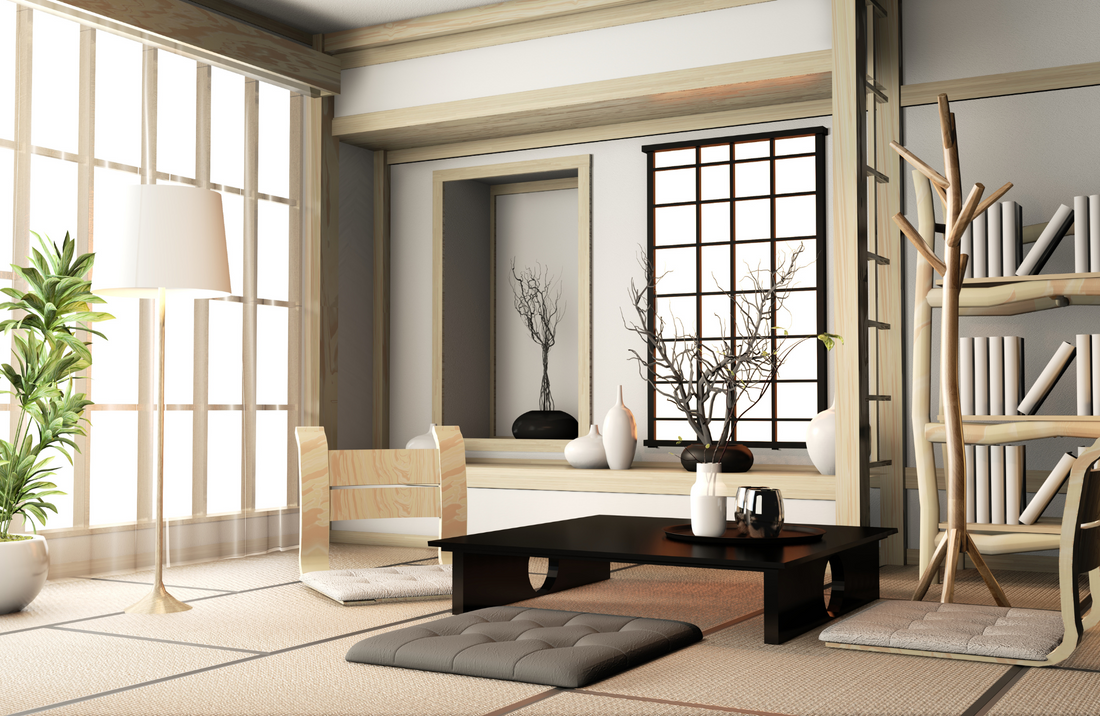
A Guide to Eco-Friendly Materials for Your Sustainable Home
Building Green

When it comes to building or renovating your home, style and sustainability don’t have to be mutually exclusive. Choosing eco-friendly materials can elevate both your home’s aesthetic and performance, all while reducing its environmental impact. By selecting sustainable options such as bamboo flooring, recycled steel, or low-VOC paints, you can enhance your home while supporting a healthier planet.
But sustainable materials offer benefits far beyond just looking good—they help reduce energy bills, improve indoor air quality, and cut down on waste. This guide will help you select the best eco-friendly materials for your home project, offer some practical hacks, and showcase top options to make your green building journey a success.
Ready to create a stylish, planet-friendly living space? Let’s dive in!
Top 7 Hacks for Choosing Sustainable Building Materials

1. Look for Certifications: Materials with certifications like FSC (Forest Stewardship Council) or Cradle to Cradle ensure that they meet strict environmental and social standards. These certifications guarantee your materials are sustainably sourced and environmentally friendly.
2. Opt for Recycled Materials: Reduce waste by choosing materials like reclaimed wood, recycled steel, or repurposed bricks. These options bring unique character to your home and keep construction debris out of landfills.
3. Choose Low-Impact Finishes: Opt for low-VOC (Volatile Organic Compounds) paints, stains, and finishes. These products are safer for indoor air quality, helping you create a comfortable and eco-friendly home.
4. Consider Local Sourcing: Materials sourced locally reduce transportation emissions and minimize your carbon footprint. By supporting local businesses, you not only lower your impact on the environment but also contribute to your community.
5. Prioritize Energy Efficiency: Choose materials that improve energy efficiency, like high-performance insulation or energy-efficient windows. These options help reduce your home's energy consumption, making it more sustainable and cost-effective.
6. Evaluate Durability: Invest in materials that will last. Long-lasting, high-quality materials reduce the need for replacements and repairs, saving resources and cutting down on waste over time.
7. Check for Toxicity: Avoid materials that emit harmful chemicals. Use formaldehyde-free plywood and low-emission carpets to create a healthier living environment for you and your family.
Top 5 Dos and Don’ts for Sustainable Building Materials

Dos:
Do Research Material Lifespan: Choose sustainable materials with a long lifespan to ensure durability and reduce the need for replacements.
Do Invest in Quality: High-quality materials may have a higher upfront cost, but they often provide better performance and last longer.
Do Consider Water Efficiency: Select materials that contribute to water efficiency, like low-flow fixtures or permeable paving.
Do Explore Innovative Options: From bamboo flooring to hempcrete, stay open to innovative materials that offer both environmental benefits and cutting-edge style.
Do Consult with Experts: Work with architects, builders, and designers who specialize in sustainable construction to get the best results for your eco-friendly project.
Don’ts:
Don’t Compromise on Performance: Sustainability should never come at the cost of functionality. Choose materials that balance eco-friendliness with high performance.
Don’t Overlook Maintenance Needs: Some sustainable materials require more upkeep than others. Choose options that fit your lifestyle and maintenance preferences.
Don’t Forget Indoor Air Quality: Not all sustainable materials are automatically low-impact. Opt for low-VOC or non-toxic options to maintain a healthy home.
Don’t Neglect Testing: Test materials for their suitability in your climate and project requirements before committing to them.
Don’t Forget the Bigger Picture: Sustainable materials are just one aspect of green building. Consider the entire home design, from energy systems to waste management, to achieve a fully eco-friendly project.
Top 10 Sustainable Building Materials to Consider

1. Bamboo: A fast-growing and highly renewable resource, bamboo is an eco-friendly alternative to traditional hardwoods. It’s strong, versatile, and ideal for flooring or cabinetry.
2. Recycled Steel: Durable and strong, recycled steel is perfect for structural elements and significantly reduces the need for new raw materials.
3. Cork: Harvested from the bark of cork oak trees, cork is both renewable and biodegradable. It works well for flooring, wall coverings, and insulation.
4. Hempcrete: A lightweight, insulating material made from hemp fibers and lime, hempcrete is durable, eco-friendly, and ideal for building walls.
5. Reclaimed Wood: Reclaimed wood brings unique character to your home while reducing waste. Use it for floors, beams, or feature walls to add style and sustainability.
6. Low-VOC Paints: Low-VOC paints contain fewer volatile organic compounds, making them safer for indoor air quality and better for the environment.
7. Sustainable Concrete: Choose concrete with recycled materials or a lower carbon footprint for a durable yet eco-friendly option.
8. Green Roof Systems: Green roofs support vegetation, manage stormwater, and provide insulation while improving urban biodiversity.
9. Straw Bale Construction: Straw bale walls are excellent for insulation and made from a renewable resource, making them a unique, sustainable option for your home.
10. Recycled Glass Tiles: Made from repurposed glass, these tiles add style to your home while reducing waste. Use them for countertops, backsplashes, or decorative accents.
Choosing sustainable building materials not only benefits the environment but also adds beauty and value to your home. With these tips and hacks, you can build a home that is as kind to the planet as it is stylish.
